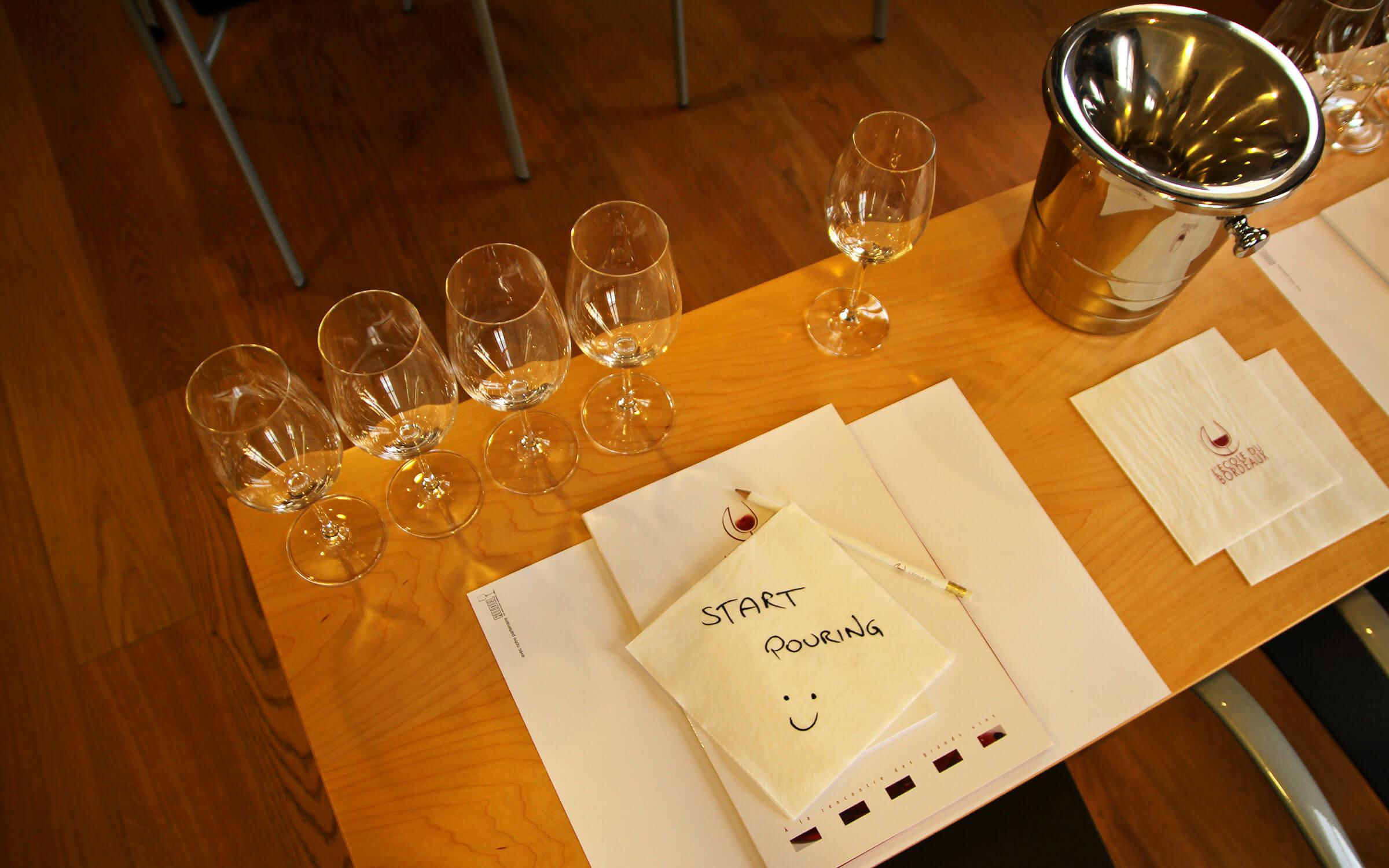![]() While a wine’s flavour can be quite complex, its origins shouldn’t be. French wine classification systems exist to inform consumers of the process used to make each bottle and indicate its quality. (Although your enjoyment of a given bottle depends on your palate… and, quite possibly, how many glasses you’ve already had!)
While a wine’s flavour can be quite complex, its origins shouldn’t be. French wine classification systems exist to inform consumers of the process used to make each bottle and indicate its quality. (Although your enjoyment of a given bottle depends on your palate… and, quite possibly, how many glasses you’ve already had!)
Appellation d’Origine Contrôlée (AOC)
As with all products that claim some portion of their notoriety from their region of origin (e.g. Roquefort cheese that comes only from the caves of Roquefort, or Evian water sourced at its namesake springs) there exists a regulatory body to oversee the production of French wine.

The Appellation d’Origine Contrôlée (or AOC) sets the rules on all French wines. This regulatory commission makes sure that producers who wish to use a certain name for their wine (Champagne, for example) must follow a certain set of rules in making their product.
Formulated in 1919 and finalized in 1934, the AOC’s laws are an effort to incorporate a wide range of disparate factors into a single, comprehensive classification system. Factors regulated by AOC laws include terroir, grape variety, production style, the geographical location of the vineyards used for growing the grapes, the types of grapes used, the maximum yield of grapes that the producers can take from a certain plot of land and the minimum amount of time a wine must spend aging before it’s sold. They also determine minimum alcohol levels.
The result of all this regulation is that a named AOC wine should always have certain recognizable characteristics. In effect, the AOC gives a stamp of approval to the wine so the consumer can be sure the bottle they’ve purchased contains the wine that the label indicates. It can be understood as a sort of regional copyright.
Of course, these laws cannot prevent poor wine from being made. Fortunately, they can prevent wines from claiming to be something they’re not!


